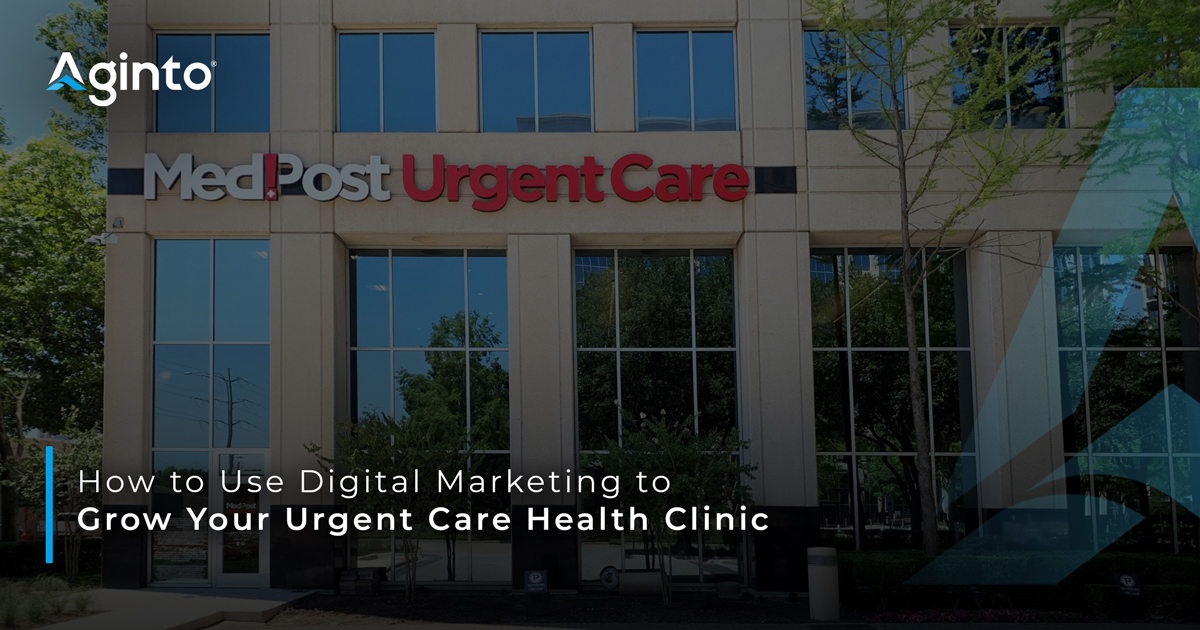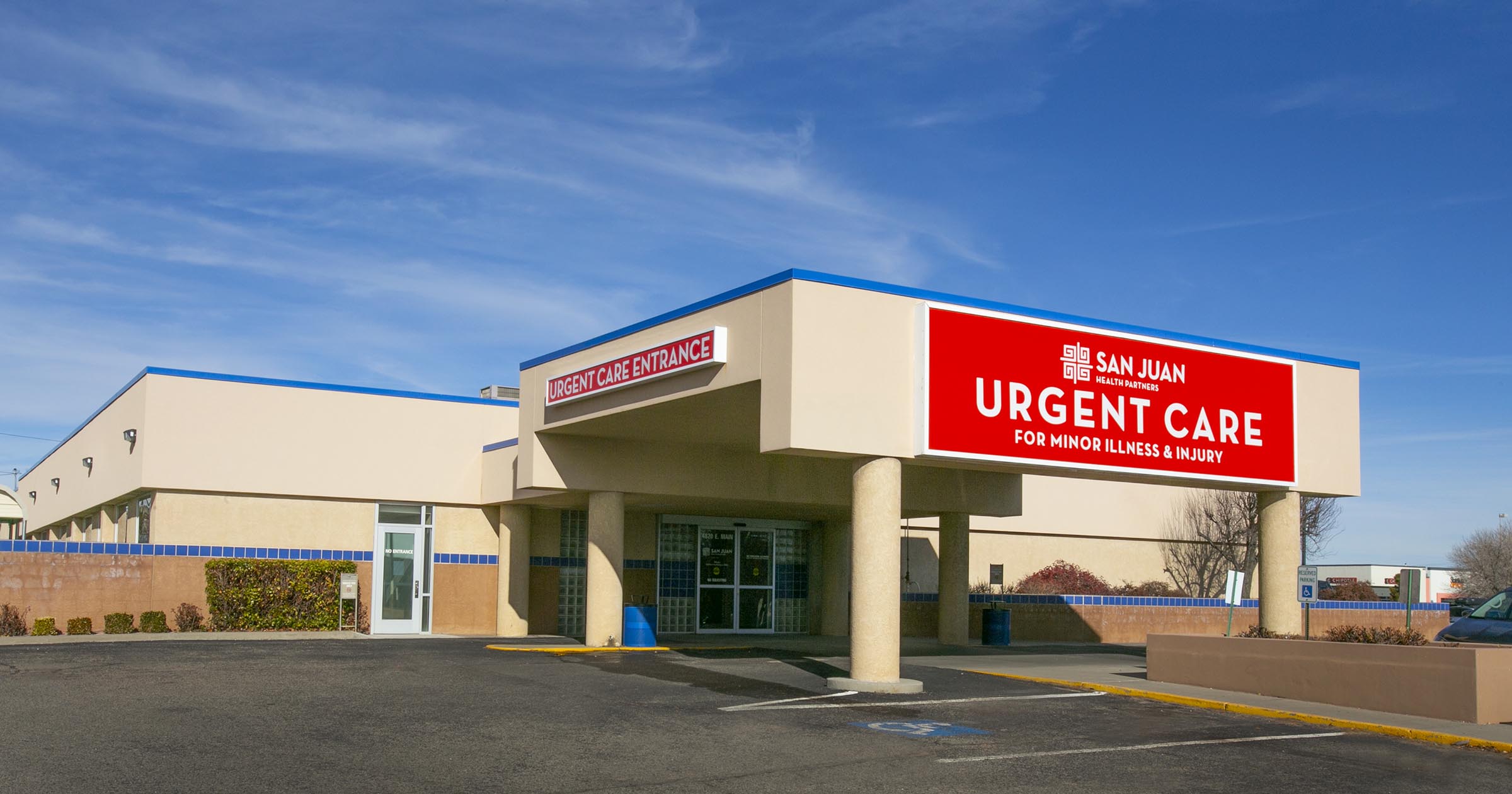The Ultimate Overview to Comprehending Urgent Care Clinics
The Relevance of Urgent Treatment Centers in Connecting the Gap Between Health Care and Emergency Situation Solutions
Immediate care centers have actually arised as a vital element of the medical care landscape, successfully resolving the crucial need for immediate clinical focus without resorting to emergency situation solutions. The progressing role of urgent treatment centers raises essential questions concerning their combination within the broader healthcare system and the implications for patient results and resource appropriation.
Review of Urgent Treatment Centers
Urgent treatment facilities have come to be an essential part of the medical care delivery system, offering available medical services for non-life-threatening conditions. These centers generally run outdoors standard office hours, offering people an option to emergency clinic and health care setups. People seeking immediate treatment usually present with concerns such as small injuries, infections, or health problems that require prompt attention however do not present an instant threat to life or arm or leg.
Immediate care centers are staffed by an array of healthcare specialists, including medical professionals, nurse practitioners, and physician assistants, who are outfitted to detect and treat numerous medical issues. They typically include analysis devices such as X-ray equipments and research laboratory services, enabling them to supply comprehensive care on-site.
The facility of urgent treatment centers has been affected by the increasing demand for timely medical solutions in a hectic culture, where patients might struggle to safeguard visits with primary treatment carriers. As a result, these facilities aim to ease blockage in emergency situation divisions, boosting overall health care performance. In addition, immediate care facilities often work as a bridge in between medical care and emergency services, making certain that patients get ideal treatment customized to their details clinical requirements.

Advantages of Urgent Care Services
Accessing timely treatment is a significant advantage of urgent treatment services. These centers offer immediate attention for non-life-threatening problems, efficiently minimizing wait times compared to standard emergency divisions. Patients seeking take care of minor injuries, diseases, or urgent health and wellness issues can obtain treatment without the lengthy delays frequently connected with healthcare facility check outs.
One more key benefit is the extended hours of procedure. Lots of urgent treatment facilities are open nights and weekend breaks, suiting patients who might not have the ability to visit their medical care company during standard workplace hours. This versatility makes immediate care an available alternative for those with active timetables or abrupt health and wellness problems.
Moreover, immediate treatment facilities often provide a wide variety of solutions, including diagnostic testing, X-rays, and standard research laboratory services. This comprehensive method enables fast medical diagnosis and therapy, boosting patient satisfaction.
In addition, immediate treatment facilities are commonly much more cost-efficient than emergency areas, making them an attractive choice for individuals without insurance or those with high-deductible plans. On the whole, immediate care services play a critical function in providing easily accessible, timely, and cost effective medical care.
Comparison With Primary Treatment
Commonly, individuals commonly consider their options in between urgent treatment facilities and health care suppliers when seeking clinical attention. Both offer vital roles in the medical care system, yet they vary substantially in expense, scope, and ease of access.
Primary care companies are commonly the initial factor of call for individuals, concentrating on long-lasting wellness monitoring, precautionary treatment, and persistent illness management. They offer connection of care, promoting a patient-provider connection that enables extensive health and wellness assessments and personalized therapy plans. However, setting up a consultation can be lengthy, commonly requiring days or weeks beforehand.
On the other hand, urgent treatment centers supply immediate treatment for non-life-threatening problems that call for punctual interest, such as minor injuries or infections. These facilities commonly operate outside of typical workplace hours, suiting individuals who may not have the ability to visit their medical care carrier during routine company times. In addition, immediate treatment is typically more cost-efficient than emergency room brows through, making it an attractive alternative for those with limited medical care access.
Ultimately, while immediate care centers and main treatment carriers both add to patient health, they accommodate distinctive requirements, making it essential for individuals to establish which alternative ideal straightens with their scenarios.
Emergency Solutions Communication
The interaction between immediate care facilities and emergency situation services is an important element of the medical care landscape, particularly when patients encounter circumstances that might escalate in extent. Immediate treatment centers function as a bridge between health care and emergency departments, attending to non-life-threatening problems that need prompt focus. This cooperation boosts person end results and maximizes resource allocation within the health care system.
When people offer with urgent however not lethal problems, urgent treatment facilities can effectively manage their needs, easing blockage in emergency spaces. Facilities geared up with diagnostic abilities can promote timely references to emergency situation services when a person's problem surpasses the range of urgent care therapy. This smooth communication helps make sure that patients get the ideal degree of care without unneeded delays.
Moreover, efficient interaction in between urgent care providers and emergency situation services is crucial. Sharing patient details and therapy histories promotes coordinated care, reducing the threat of Find Out More repetitive examinations and procedures. As health care remains to evolve, the dynamic relationship in between urgent treatment centers and emergency situation solutions will certainly play an essential function in boosting person treatment effectiveness, complete satisfaction, and general wellness outcomes within the neighborhood.
Future of Urgent Care Facilities
As healthcare needs evolve, the future of immediate care centers is poised to become increasingly essential to the total medical environment (Urgent Care). These facilities are likely to increase their roles by including advanced modern technologies, such as telemedicine, expert system, and digital health document assimilation. This will boost client gain access to and improve treatment coordination in between immediate care, primary care, and emergency situation solutions
Furthermore, urgent treatment centers are anticipated to diversify their solution offerings to include preventive treatment and chronic illness monitoring. This change will certainly place them as important elements in handling population health and wellness, lowering the burden on emergency divisions, and addressing spaces in medical care availability.
The growing pattern of value-based care will certainly further accelerate the change of urgent care centers, prompting them to concentrate on client end results and complete satisfaction. Facilities might additionally adopt joint method versions, functioning carefully with specialists and health care companies to make sure extensive client monitoring.
Final Thought
To conclude, urgent care centers offer an important feature in the healthcare system by offering instant accessibility to treatment for non-life-threatening conditions, successfully reducing stress on emergency situation services. Their prolonged hours and diverse series of solutions improve individual ease and complete satisfaction, while additionally guaranteeing suitable treatment delivery. As medical care needs continue to advance, the duty of immediate treatment facilities will likely become increasingly significant, additional connecting the space between key treatment and emergency situation services.
The here facility of urgent care centers has actually been affected by the boosting demand for timely medical solutions i was reading this in a hectic society, where individuals may battle to safeguard appointments with main treatment providers. Additionally, immediate care facilities typically serve as a bridge between key treatment and emergency services, guaranteeing that people obtain proper care tailored to their specific medical requirements.
Several immediate care centers are open nights and weekends, accommodating clients who might not be able to visit their key treatment carrier during common office hours (Urgent Care). As medical care proceeds to evolve, the dynamic partnership in between immediate care centers and emergency situation services will play a crucial function in improving client care efficiency, complete satisfaction, and total health results within the community
